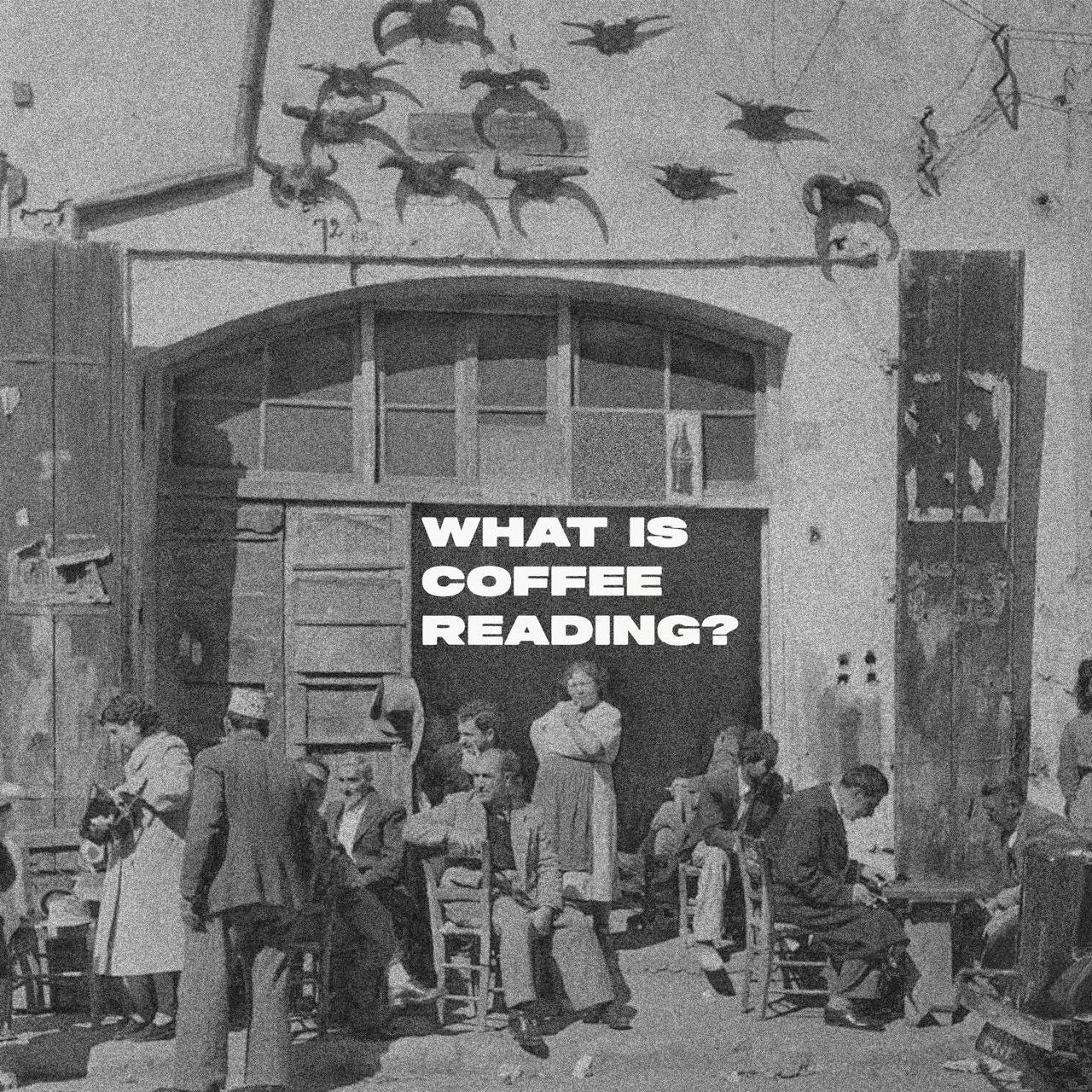What is Coffee Reading?
Coffee-reading, also known as tasseography or tasseomancy, is a form of divination and cultural tradition shared across the Levant, the Balkans, and the South Caucasus, amongst others. After drinking a coarsely ground coffee, such as Arabic, Turkish, Greek, Bosnian, and Cypriot coffee, a coffee reader interprets the shapes formed by the coffee grounds left in the cup, which indicate the fortune of the drinker.
At its core, it is a tradition of intuition, intimacy, and connectivity. Hence, Critical Coffee Reading adopted it as the central metaphor of the network, as we use this space to connect and discuss transnational futures over a cup of coffee, be it Arabic, Turkish, Greek, Bosnian, or Cypriot.
The archival photograph from Cyprus (above) highlights the potency of coffee-drinking connectivity across generations. Coffee first became widespread on the island in the early seventeenth century (Jennings 1993, 332). By 1928, there were 397 coffee houses in the villages of the Nicosia District alone (Surridge 1930, 23). While coffeehouses have historically been male-dominated, coffee-reading is associated as a feminine practice. Our aim is to subvert such gender specificity, generating an intellectual, creative, and social synergy of racial, sexual, and gender inclusion.
Our initial events have been centered on Cyprus, as both of our founders are from the island. Yet, we hope to expand and engage with other coffee-reading geographies in the future.


